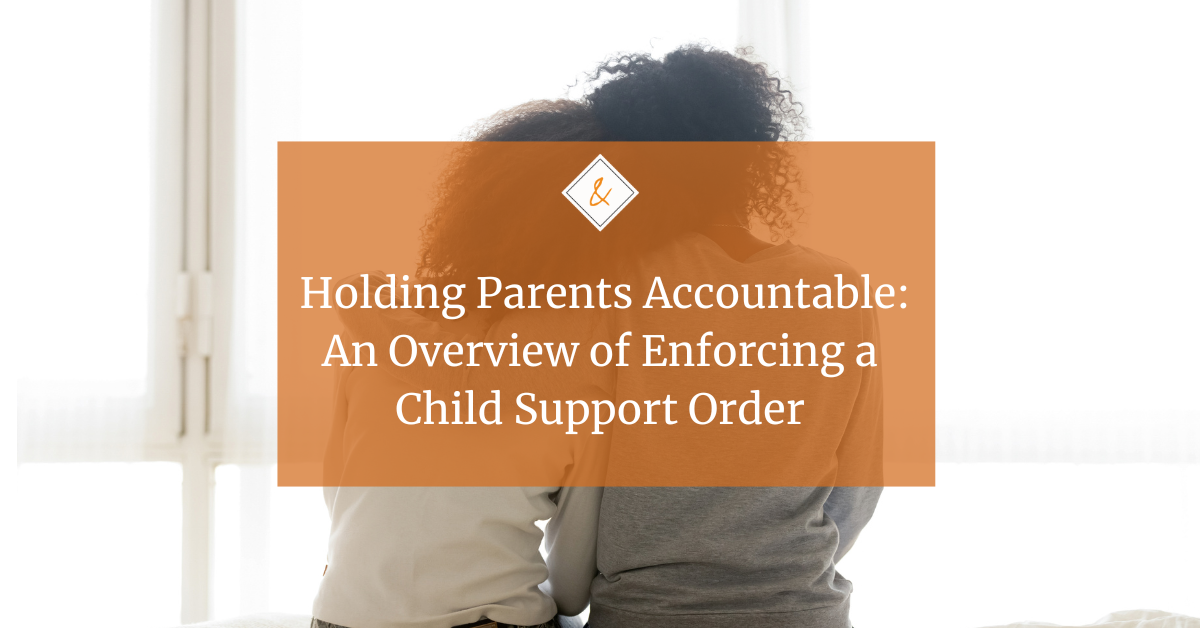The newly enacted tax legislation contains a major change in how alimony will be treated for income tax purposes beginning on January 1, 2019. Under the current law, alimony is deductible to the payor spouse and includible in the recipient spouse’s income for income tax purposes. This results in the recipient spouse, who is usually in a lower income tax bracket, paying less in taxes than if the payor spouse had to pay tax on that income. This allows the couple to keep more of their income (in the aggregate) and give less to the government in taxes. Also, since the payor spouse is getting the benefit of the alimony deduction, he or she is really paying 30% (depending on his or her income tax bracket) less than the actual alimony payment in real dollars. This often makes settling cases easier because parties can structure settlements as alimony payments to take advantage of the deduction.
However, this will all change starting in 2019. The payor spouse will no longer be able to deduct the alimony payments and the recipient spouse will no longer pay taxes on the receipt of the alimony. The income will now be taxed at the higher payor rate, resulting in more taxes to the government. Nothing will change for parties who are already paying alimony pursuant to property settlement agreements or court orders containing alimony payments.
The legislation is short on specifics as to how this will impact divorce cases going forward and leaves a number of questions unanswered and will most certainly call for state legislative action. Currently in Pennsylvania, child support and alimony pendente lite are calculated pursuant to a formula based on each of the party’s net monthly incomes (gross income less taxes and certain mandatory deductions). The child support is calculated first and then the alimony pendente lite is calculated by taking either 30% (if the parties have children) or 40% (if the parties do not have children) of the difference in the parties’ net monthly incomes (after deducting the child support obligation). Does it make sense now to reduce the percentage now that the alimony pendente lite is no longer deductible to the payor? Should the alimony pendente lite be calculated first and then included in the recipient’s income (and deducted from the payor’s income) before calculating the child support obligation? Also, if a party is currently paying alimony pendente lite (support pending a divorce, as opposed to post-divorce alimony), will those alimony pendent lite payments continue to be deductible? What if a party is paying alimony pendente lite pursuant to a court order prior to 2019 (where is it deductible) and then in 2019, executes a property settlement agreement, where the party agrees to continue paying the alimony pendente lite he had been paying per the court order as alimony, will those alimony payments be deductible?
There are many unanswered questions, and this will certainly be an issue in flux as the new law is implemented.



